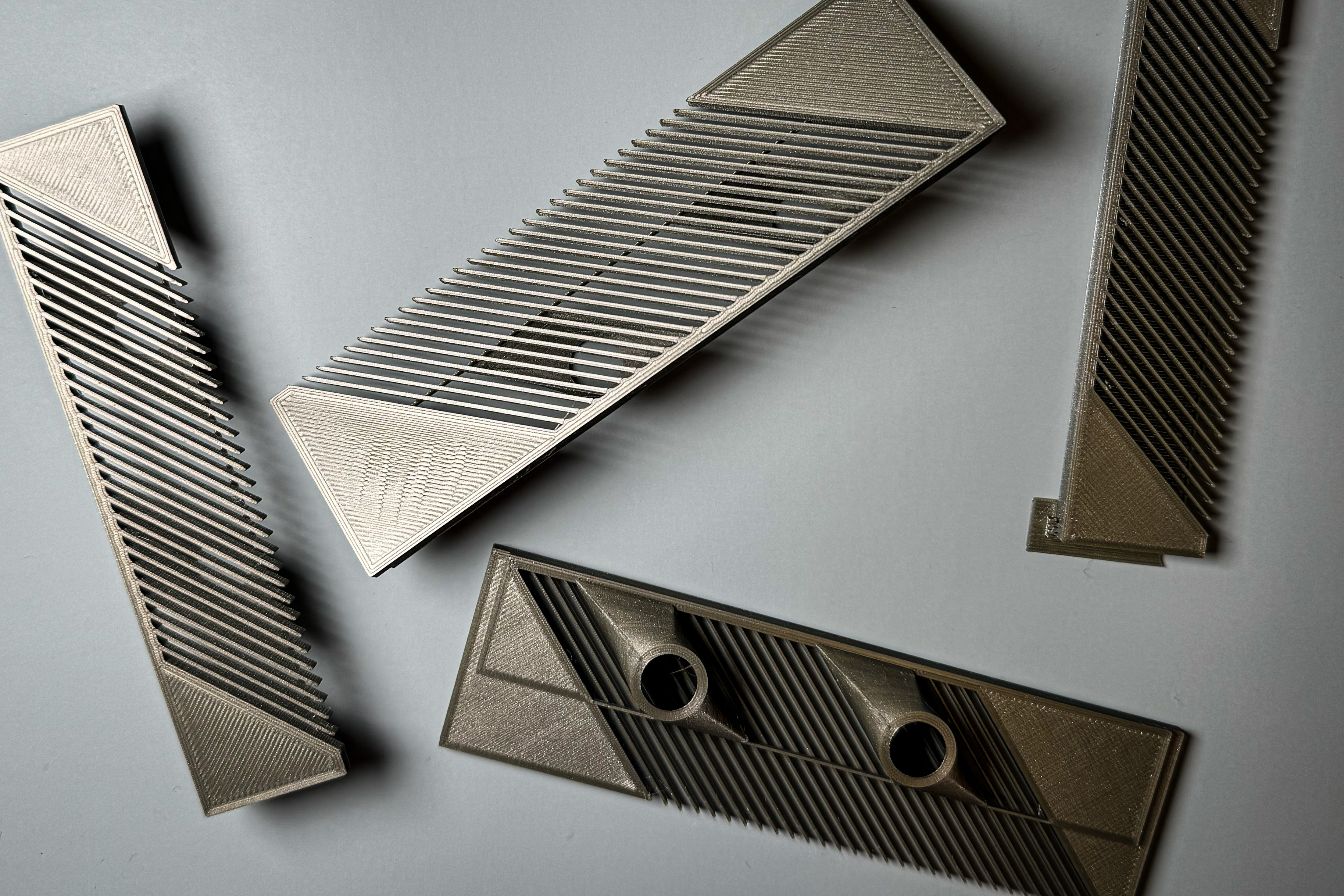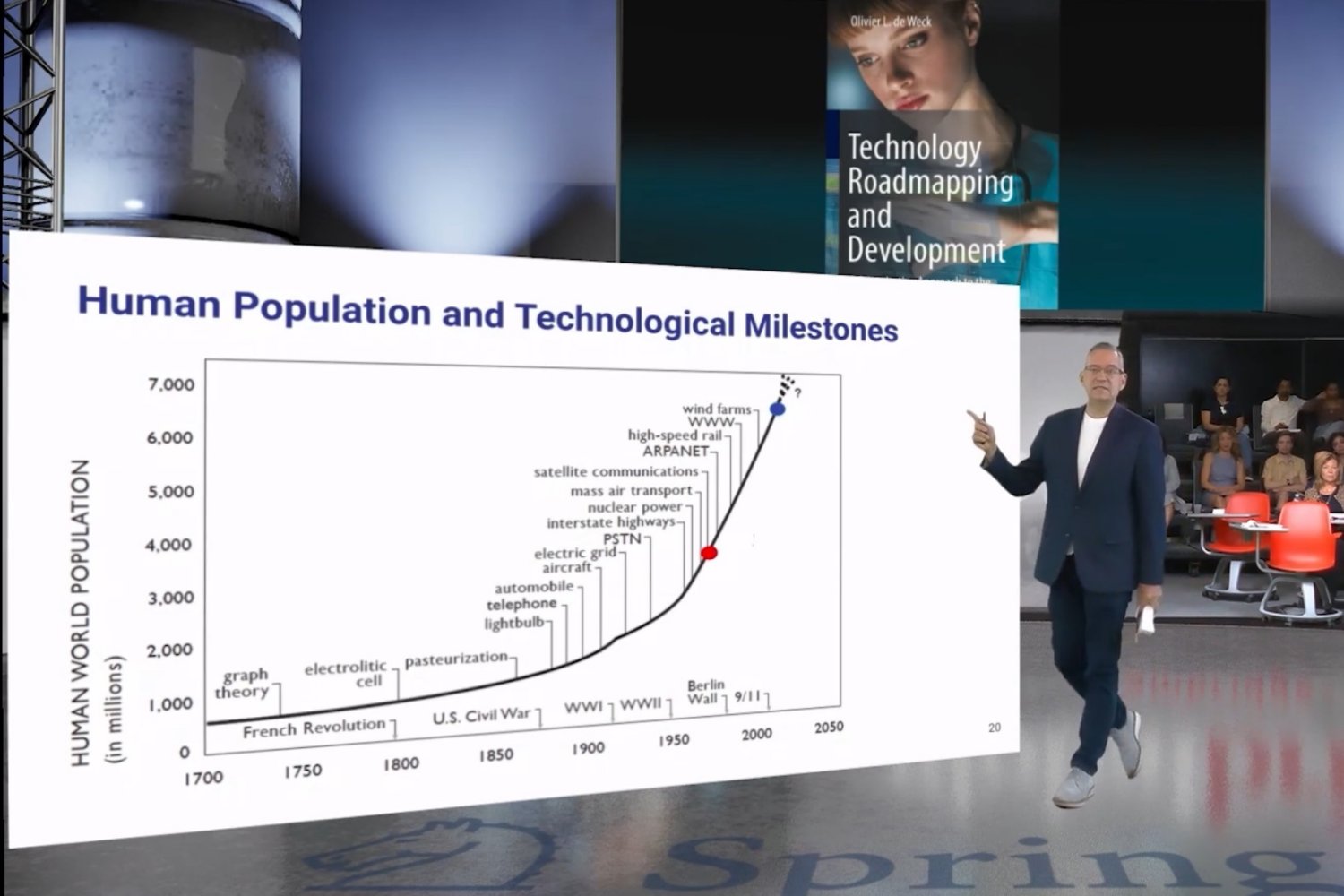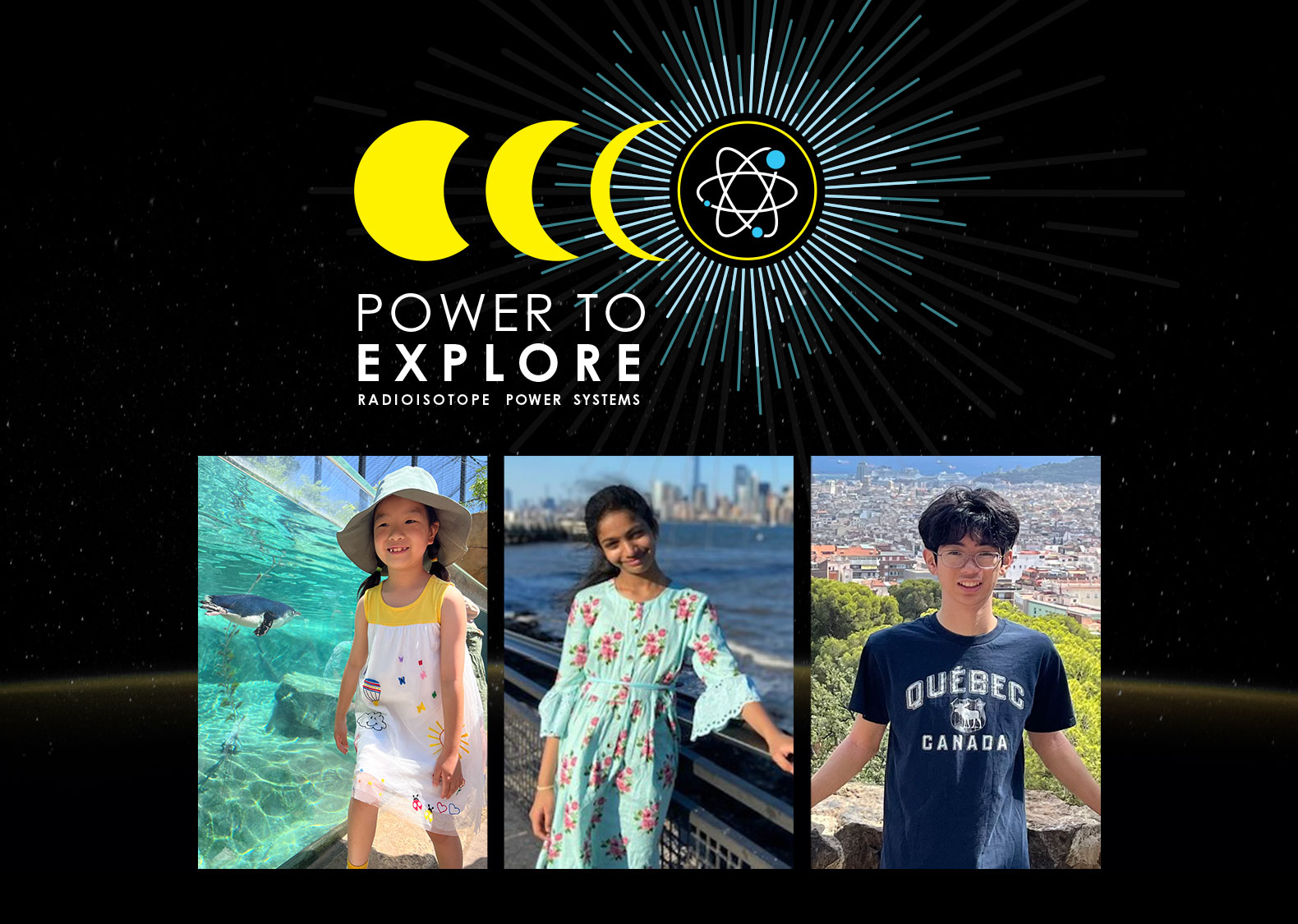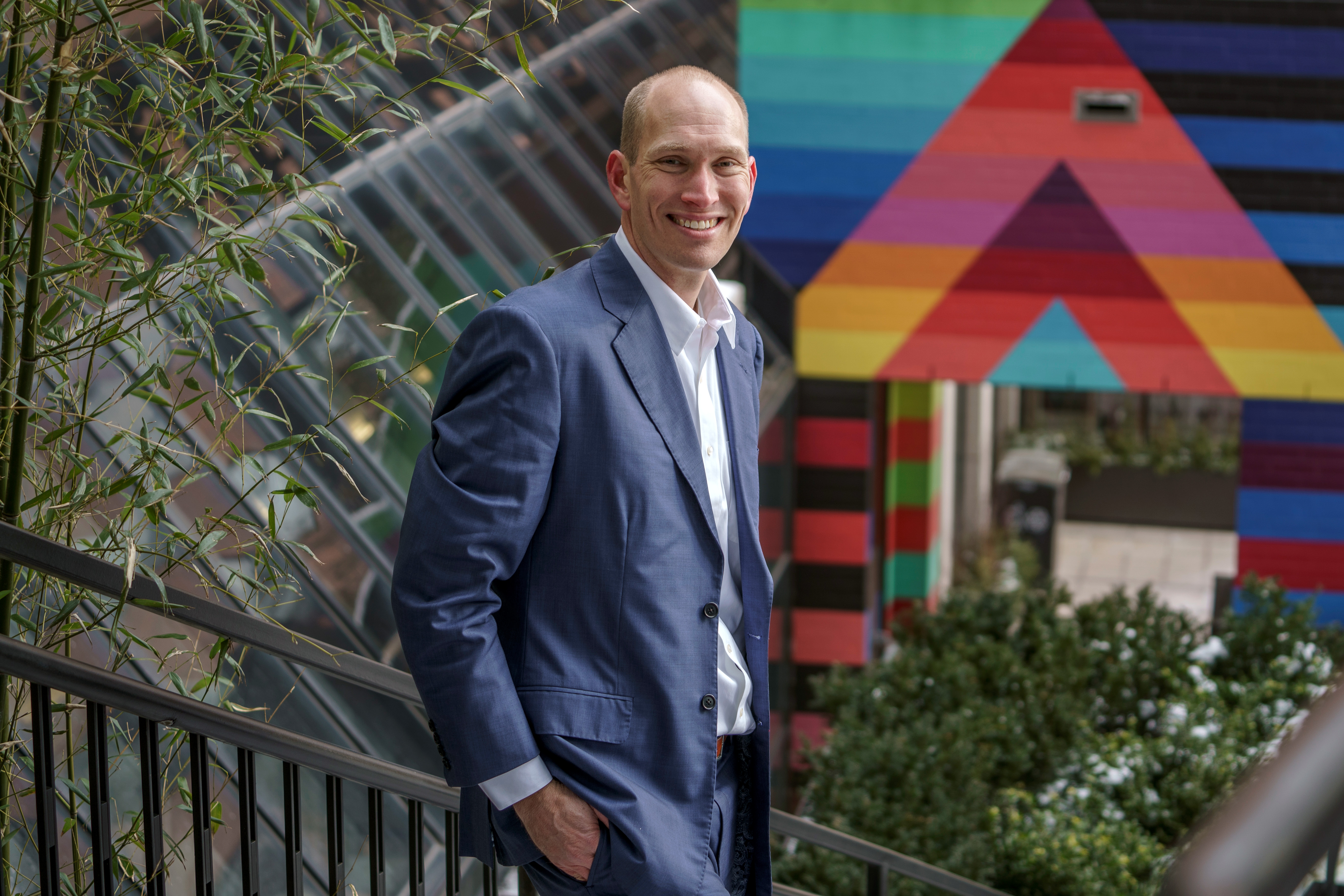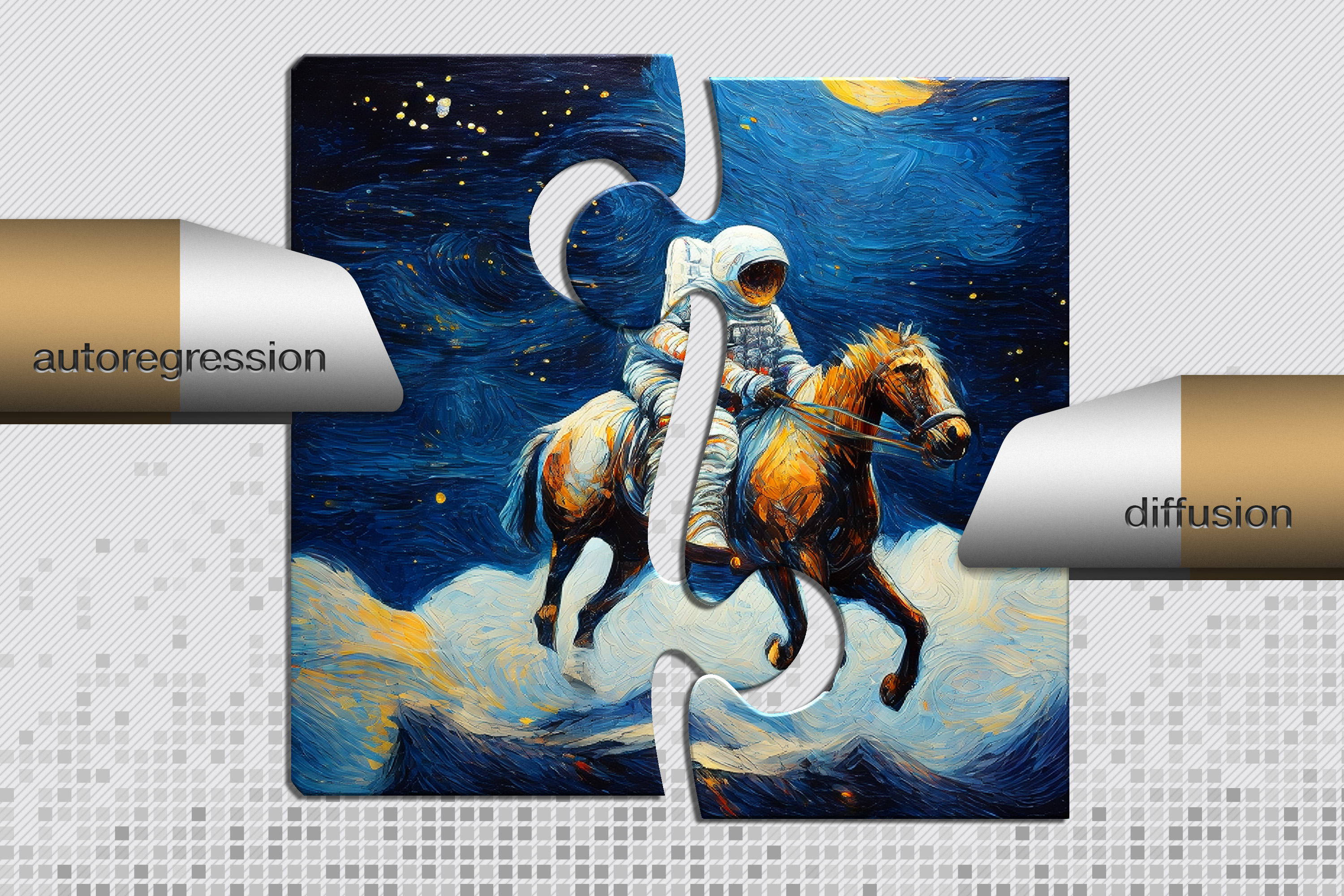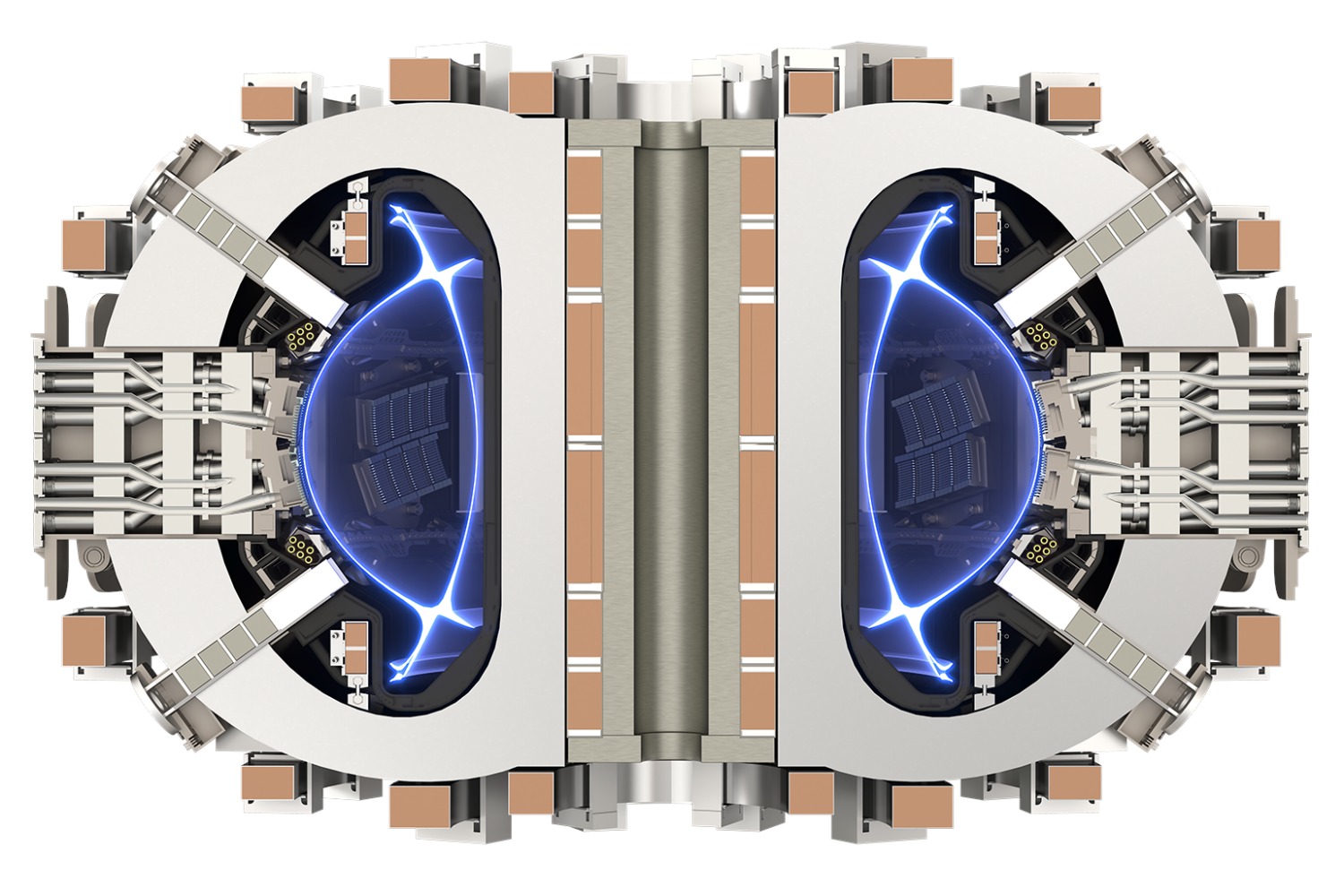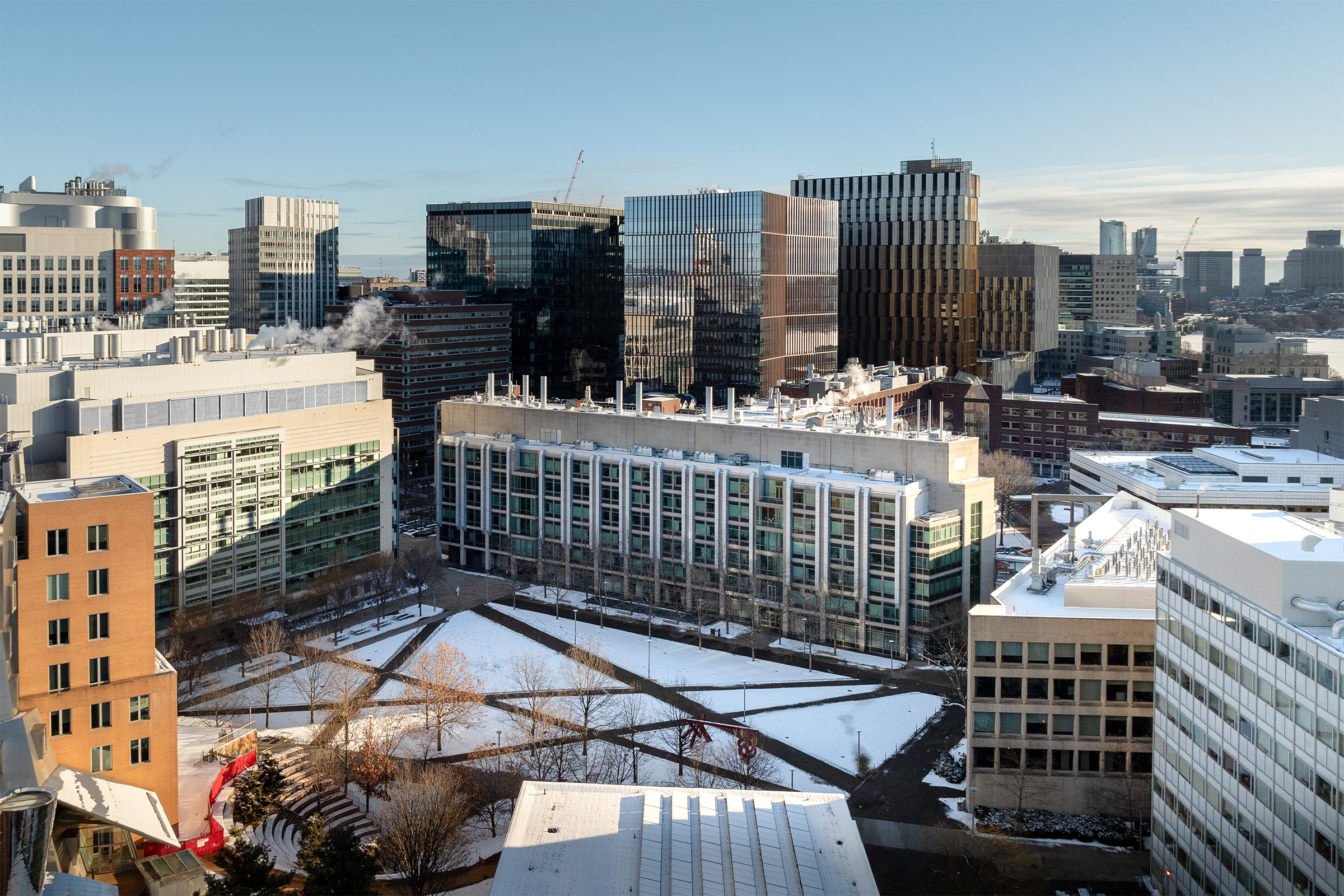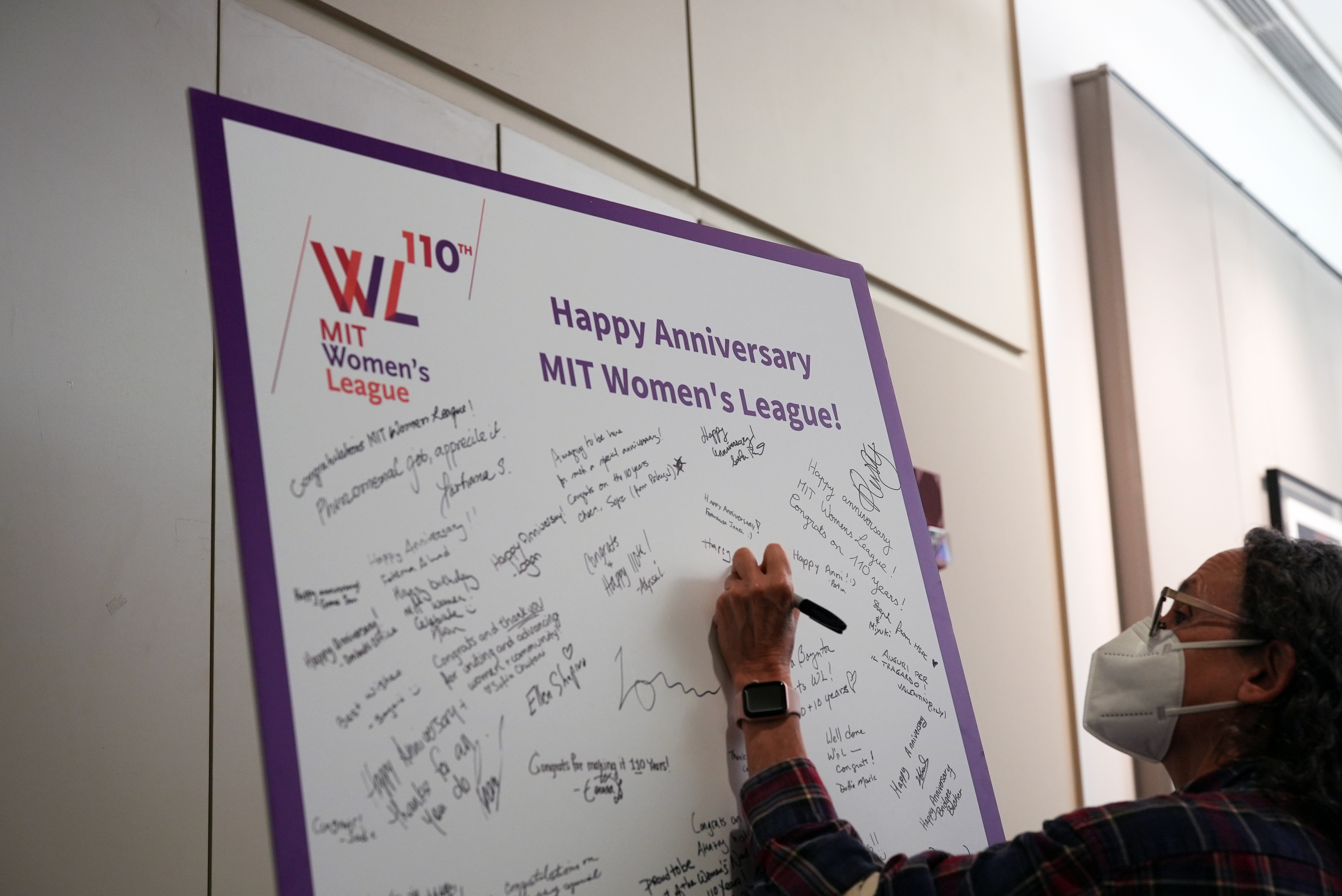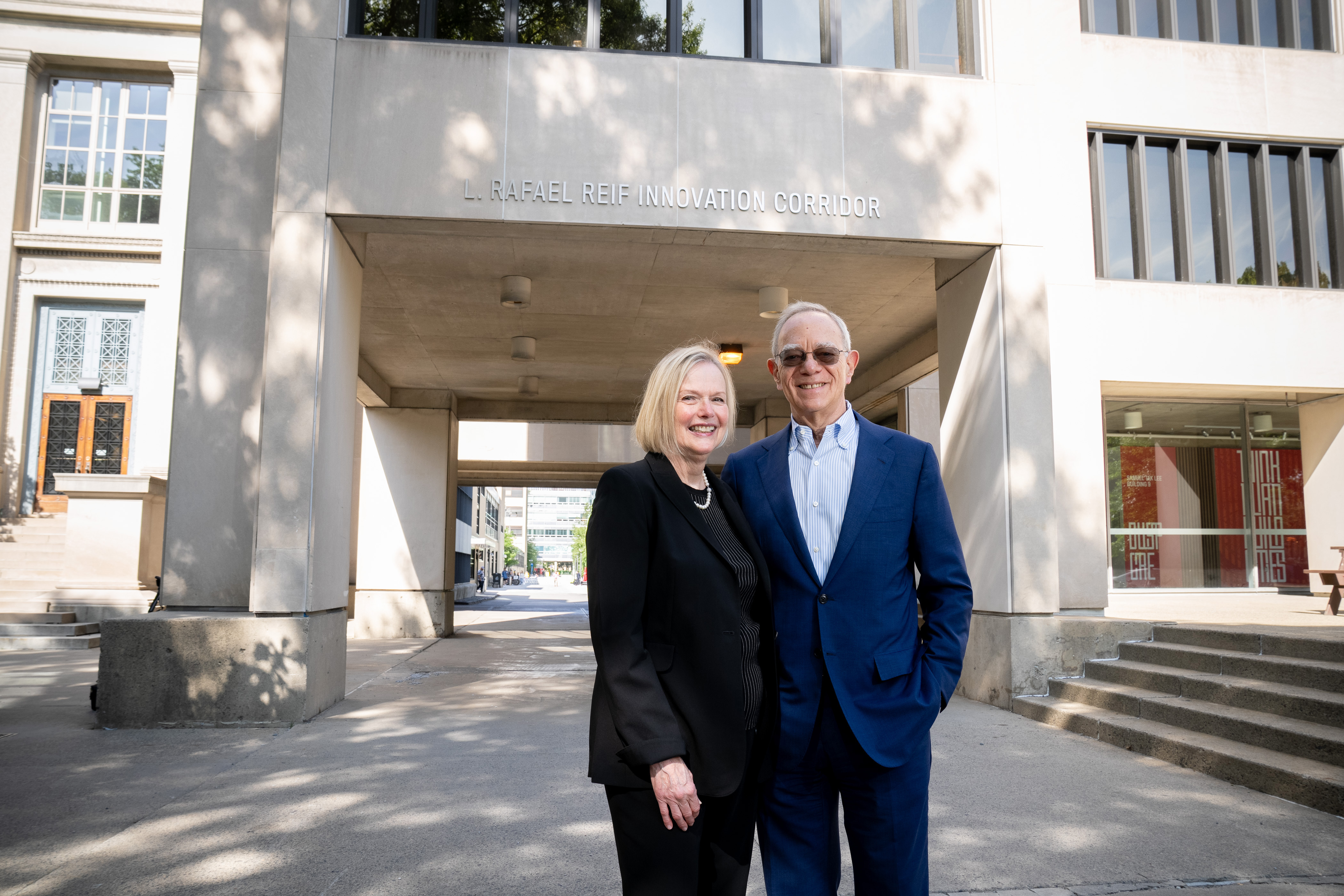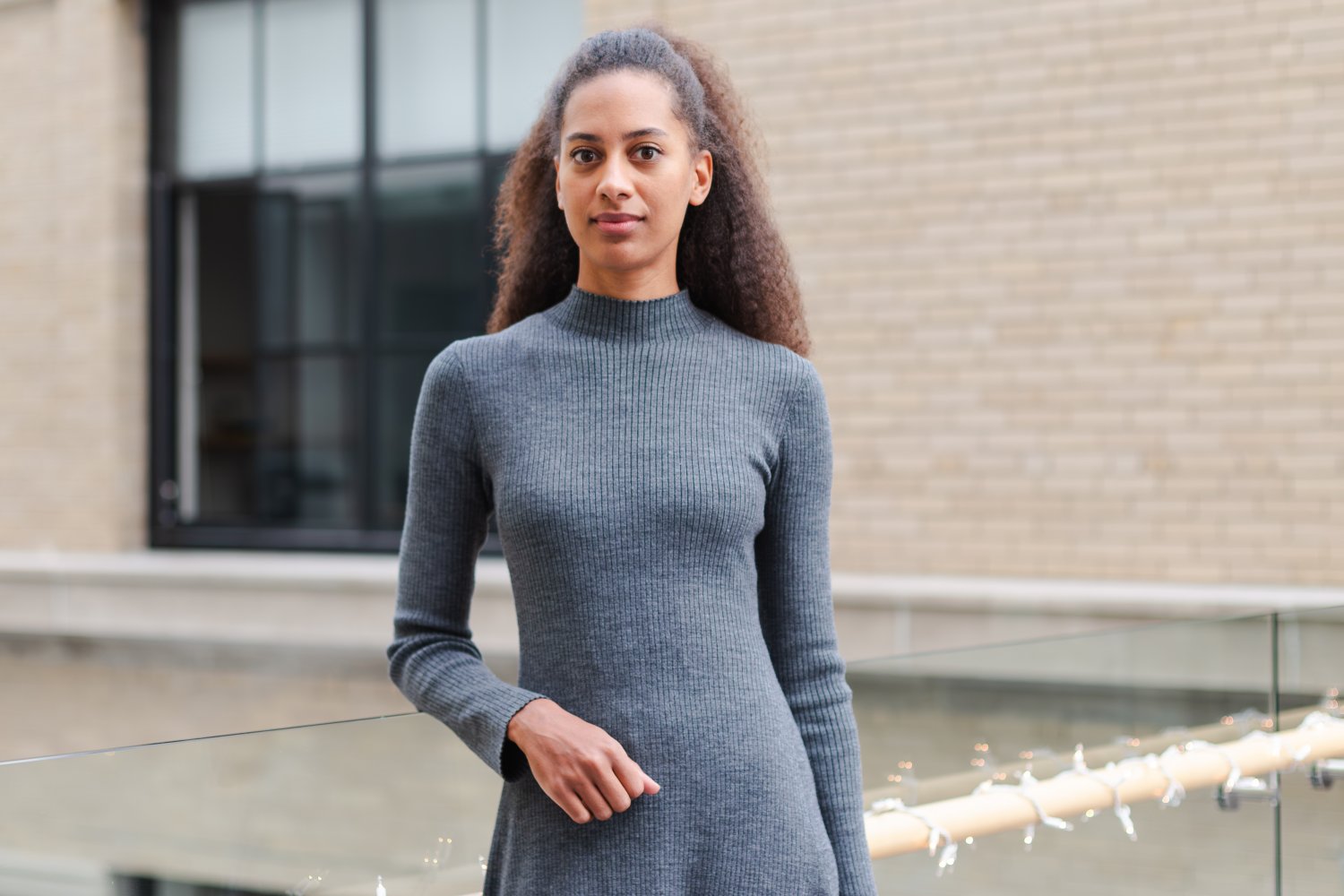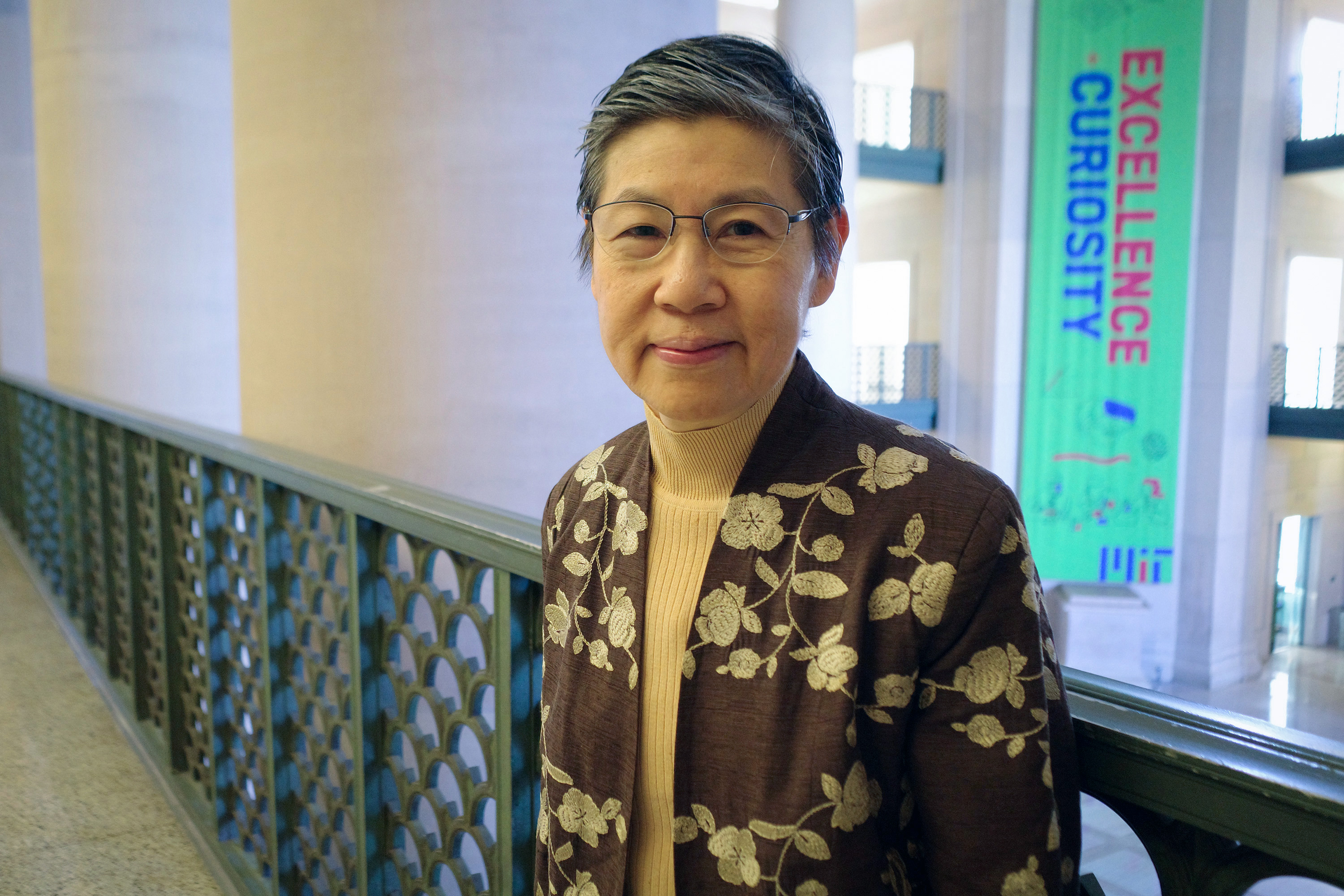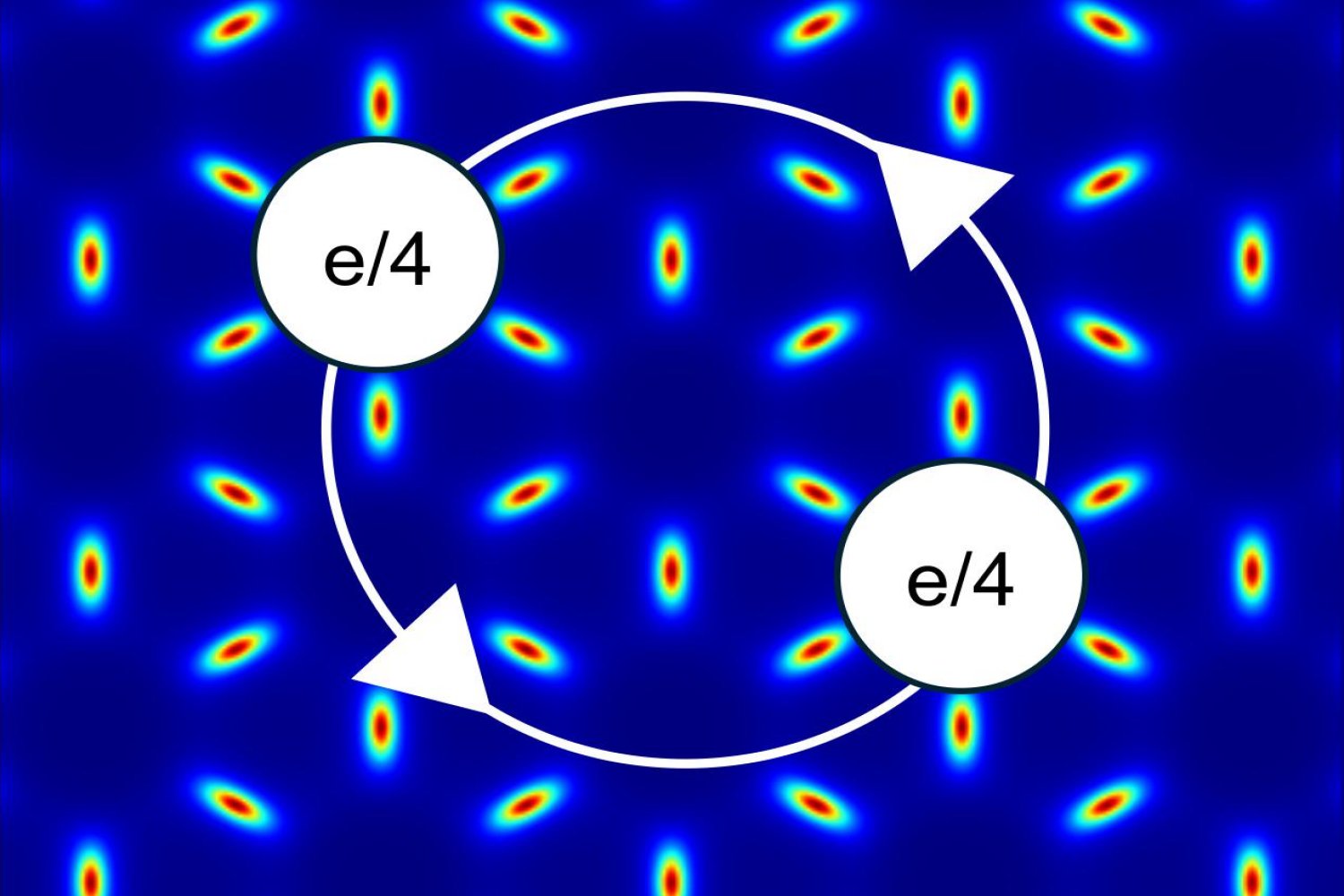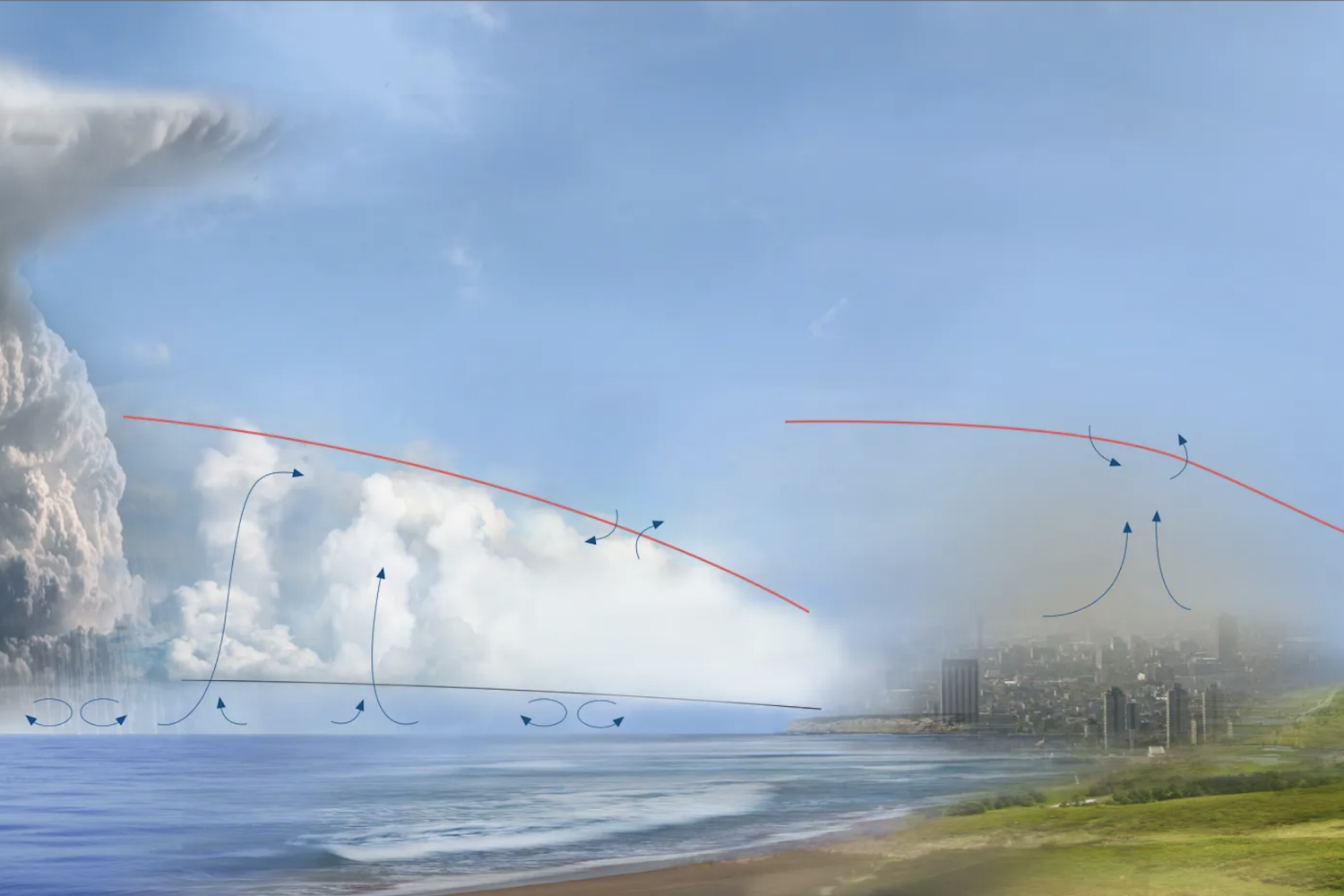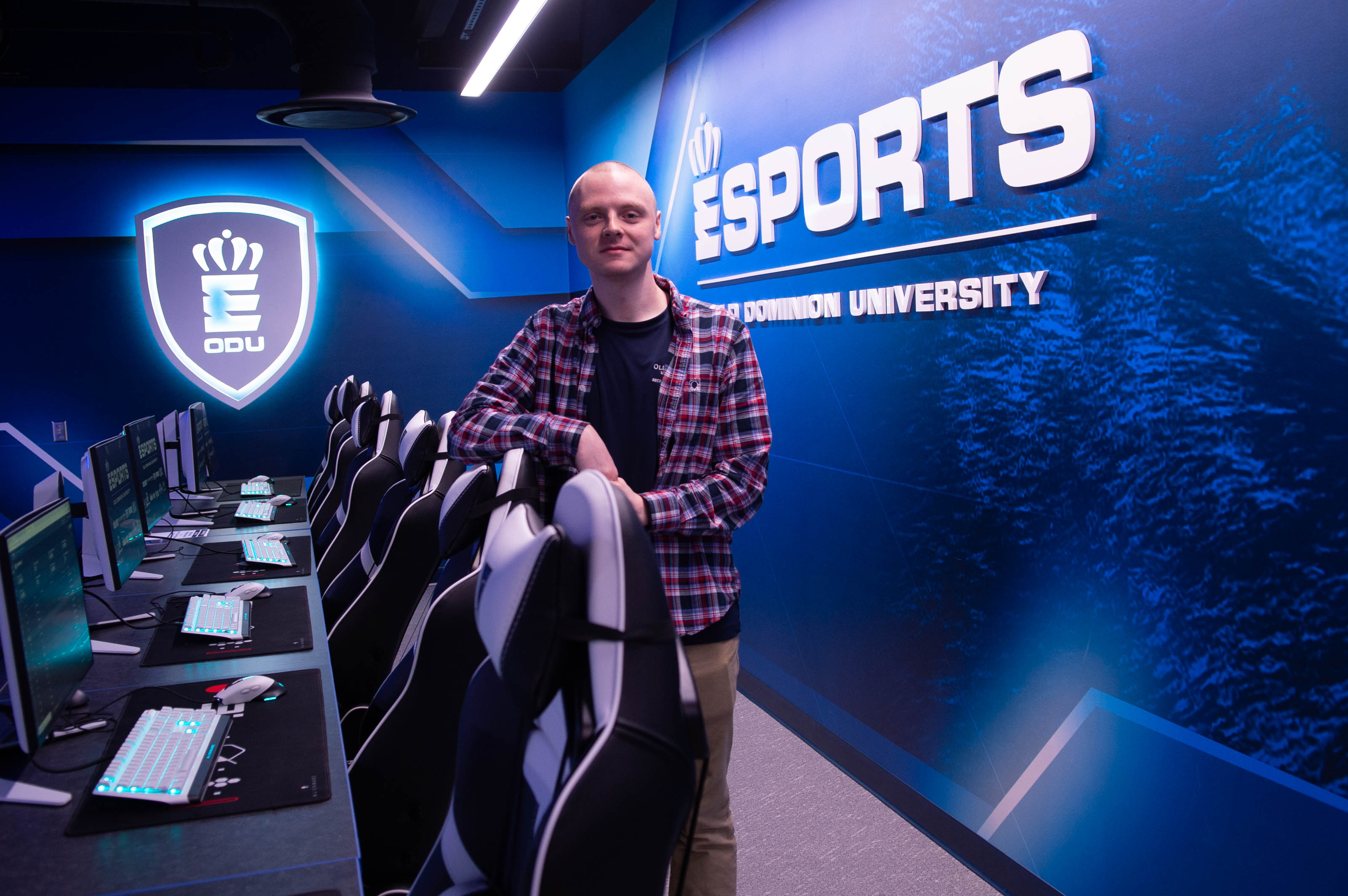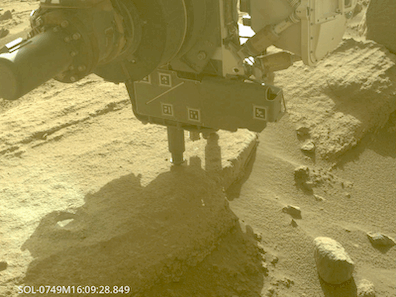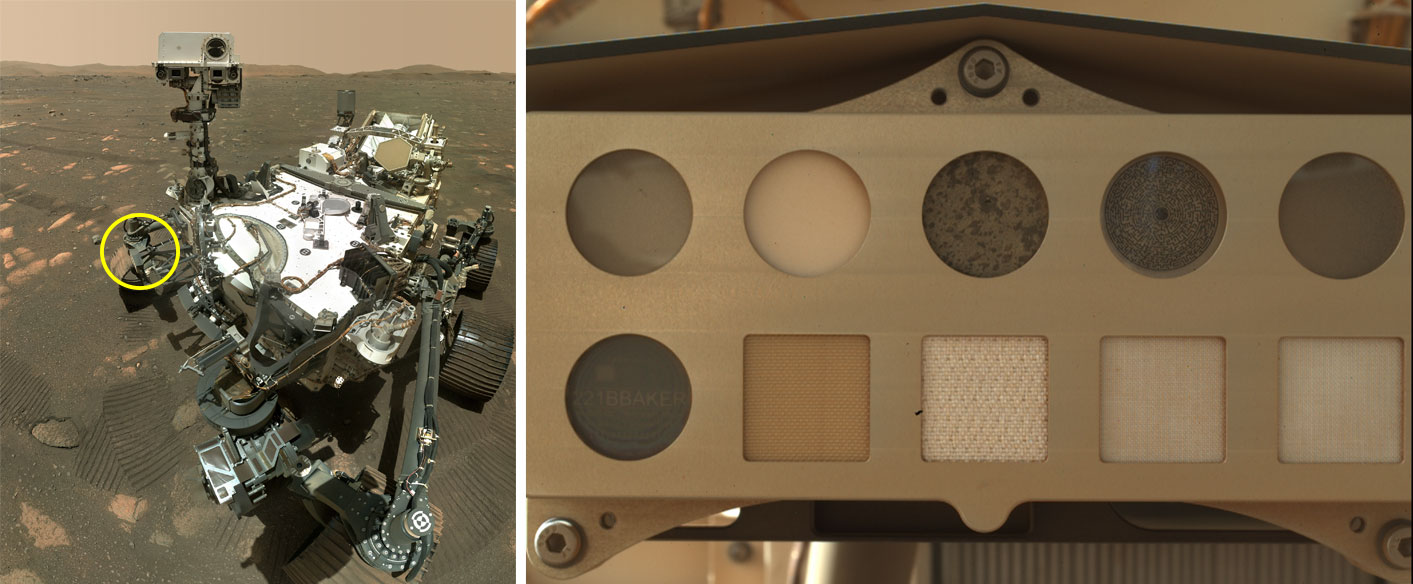
Materials research thrives across MIT, spanning disciplines and departments. Recent breakthroughs include strategies for securing sustainable supplies of nickel — critical to clean-energy technologies (Department of Materials Science and Engineering); the discovery of unexpected magnetism in atomically thin quantum materials (Department of Physics); and the development of adhesive coatings that reduce scarring around medical implants (departments of Mechanical Engineering and Civil and Environmental Engineering).
MRL, a hub that connects and supports the Institute’s materials research community, is at the center of these efforts. “MRL serves as a home for the entire materials research community at MIT,” says C. Cem Tasan, the POSCO Associate Professor of Metallurgy in the Department of Materials Science and Engineering who became MRL director in April. “Our goal is to make it easier for our faculty to conduct their extraordinary research.”
A storied history
Established in 2017, the MRL brings together more than 30 researchers and builds on a 48-year legacy of innovation. It was formed through the merger of the MIT Materials Processing Center (MPC) and the Center for Materials Science and Engineering (CMSE), two institutions that helped lay the foundation for MIT’s global leadership in materials science.
Over the years, research supported by MPC and CMSE has led to transformative technologies and successful spinout companies. Notable examples include amsc, based on advances in superconductivity; OmniGuide, which developed cutting-edge optical fiber technologies; and QD Vision, a pioneer in quantum dot technology acquired by Samsung in 2016. Another landmark achievement was the development of the first germanium laser to operate at room temperature — a breakthrough now used in optical communications.
Enabling research through partnership and support
MRL is launching targeted initiatives to connect MIT researchers with industry partners around specific technical challenges. Each initiative will be led by a junior faculty member working closely with MRL to identify a problem that aligns with their research expertise and is relevant to industry needs.
Through multi-year collaborations with participating companies, faculty can explore early-stage solutions in partnership with postdocs or graduate students. These initiatives are designed to be agile and interdisciplinary, with the potential to grow into major, long-term research programs.
Behind-the-scenes support, front-line impact
MRL provides critical infrastructure that enables faculty to focus on discovery, not logistics. “MRL works silently in the background, where every problem a principal investigator has related to the administration of materials research is solved with efficiency, good organization, and minimum effort,” says Tasan.
This quiet but powerful support spans multiple areas:
- The finance team manages grants and helps secure new funding opportunities.
- The human resources team supports the hiring of postdocs.
- The communications team amplifies the lab’s impact through compelling stories shared with the public and funding agencies.
- The events team plans and coordinates conferences, seminars, and symposia that foster collaboration within the MIT community and with external partners.
Together, these functions ensure that research at MRL runs smoothly and effectively — from initial idea to lasting innovation.
Leadership with a vision
Tasan, who also leads a research group focused on metallurgy, says he took on the directorship because “I thrive on new challenges.” He also saw the role as an opportunity to contribute more broadly to MIT.
“I believe MRL can play an even greater role in advancing materials research across the Institute, and I’m excited to help make that happen,” he says.


